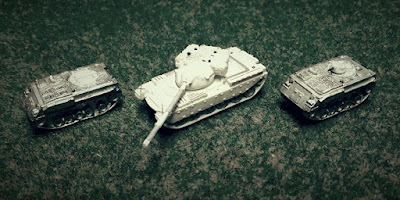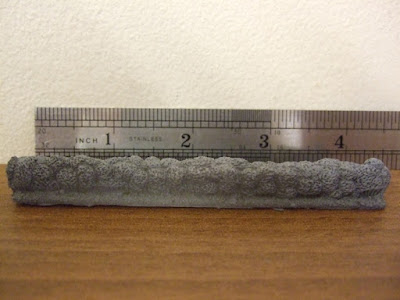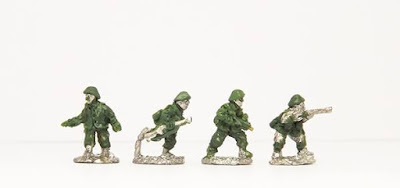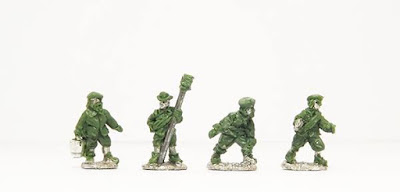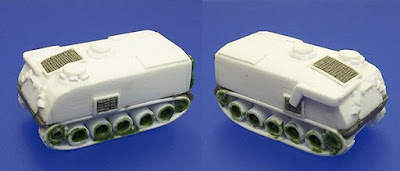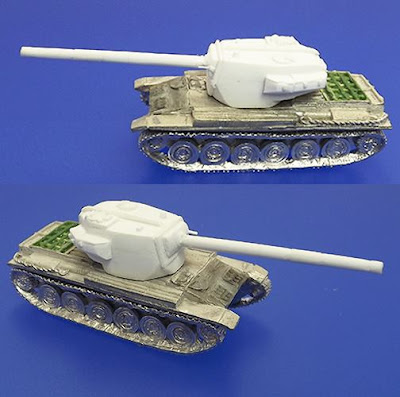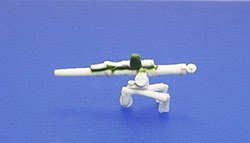Osprey: Titles Available This August 2017
Shadow over the Atlantic
German U-boats were the scourge of Allied merchant and military shipping in the Atlantic during World War II, threatening to isolate and then starve the UK out of the War. As Germany's war against the Allied convoys intensified in late 1943, German Admiral Karl Dönitz called upon the Luftwaffe to provide a long-range spotting and shadowing unit to act as ‘eyes' for his U-boats. Equipped with big, four-engined Junkers Ju 290s fitted out with advanced search radar and other maritime ‘ELINT' (electronic intelligence) devices, Fernaufklärungsgruppe (FAGr) 5 'Atlantik' undertook a distant, isolated campaign far out into the Atlantic and thousands of miles away from its home base in western France. The information generated and reported back to Dönitz's headquarters was vital to the efforts of the U-boats, and FAGr 5's ‘shadowing' missions were assigned priority in terms of skilled crews, supplies and equipment.
This book tells for the first time the fascinating story of the formation and operations of FAGr 5 'Atlantik', drawing on never-before-published historical records of the unit that accounted for the reporting and destruction of thousands of tons of Allied shipping.
The Improbable Victory
The American Revolution reshaped the political map of the world, and led to the birth of the United States of America. Yet these outcomes could have scarcely been predicted when the first shots were fired at Lexington and Concord. American rebel forces were at first largely a poorly trained, inexperienced and disorganized militia, pitted against one of the most formidable imperial armies in the world. Yet following a succession of defeats against the British, the rebels slowly rebounded in strength under the legendary leadership of George Washington. The fortunes of war ebbed and flowed, from the humid southern states of America to the frozen landscapes of wintry Canada, but eventually led to the catastrophic British defeat at Yorktown in 1781 and the establishment of an independent United States of America.
The Improbable Victory is a revealing and comprehensive guide to this seminal conflict, from the opening skirmishes, through the major pitched battles, up to the Treaty of Paris in 1783. Impressively illustrated with photographs and artwork, it provides an invaluable insight into this conflict from the major command decisions down to the eye level of the front-line soldier.
Whispers Across the Atlantick
General William Howe was the commander-in-chief of the British forces during the early campaigns of the American Revolutionary War (1775-1783). Howe evoked passionate reactions in the people he worked with - his men loved him, his second-in-command detested him, his enemies feared him, his political masters despaired of him. There was even a plot to murder him, in which British officers as well as Americans were implicated.
Howe's story includes intrigue, romance and betrayal, played out on the battlefields of North America and concluding in a courtroom at the House of Commons, where Howe defended his decisions with his reputation and possibly his life on the line. The inquiry, complete with witness testimonies and savage debate between the bitterly divided factions of the British Parliament, gives Howe's story the flavour of a courtroom drama. Using extensive research and recent archival discoveries, this book tells the thrilling story of the man who always seemed to be on the verge of winning the American Revolutionary War for Britain, only to repeatedly fail to deliver the final blow.
A-6 Intruder Units 1974-96
In the three decades following Vietnam, the veteran A-6 Intruder remained the most powerful strike aircraft available to the US Navy and Marine Corps. Engaged in operations over Cambodia, Lebanon and Libya during the 1970s and 80s, the A-6 maintained its reputation as the ‘Main Battery' of carrier aviation, remaining in service through the First Gulf War up until 1996 when its duties were taken over by the F-14 Tomcat. Following on from his study of the A-6 Intruder's exploits during the Vietnam War, Rick Morgan details the technological developments that were introduced to the airframe after that conflict and how it shaped the operational employment of the aircraft. Filled with first-hand accounts from pilots and navigators, as well as profile artwork and photographs, this is the complete story of the US Navy's main medium attack aircraft in the latter part of the Cold War.
Imperial Japanese Navy Antisubmarine Escorts 1941-45
In 1941, the Imperial Japanese Navy (IJN) went to war with a marginal anti-submarine warfare (ASW) capability. This was a lamentable state of affairs for a nation dependent upon imports to sustain its war economy. There were only a few purpose-built ASW escorts available at the start of the war and these were augmented by a handful of second-class destroyers and a dozen torpedo boats. Once the magnitude of the threat to Japan's shipping became fully apparent in 1943, the IJN made plans for mass production of ASW escorts. These arrived in 1944, but could not stop the massacre of Japanese shipping by increasingly bold and effective American submarines.
This volume will detail the history, weapons and tactics of the IJN's ASW escorts. These include the Momi class of second-rate destroyers, the Tomodzuru and Ootori classes of torpedo boars, and the several types of ASW escorts built from 1937 up to the end of the war.
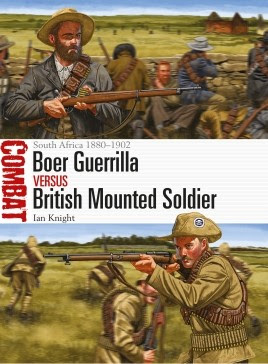
Boer Guerrilla vs British Mounted Soldier
Waged across an inhospitable terrain which varied from open African savannah to broken mountain country and arid semi-desert, the Anglo-Boer wars of 1880-81 and 1899-1902 pitted the British Army and its allies against the Boers' commandos.
The nature of warfare across these campaigns was shaped by the realities of the terrain and by Boer fighting techniques. Independent and individualistic, the Boers were not professional soldiers but a civilian militia who were bound by the terms of the ‘Commando system' to come together to protect their community against an outside threat. By contrast the British Army was a full-time professional body with an established military ethos, but its over-dependence on conventional infantry tactics led to a string of Boer victories.
This fully illustrated study examines the evolving nature of Boer military techniques, and contrasts them with the British experience, charting the development of effective British mounted tactics from the first faltering steps of 1881 through to the final successes of 1902.
The Bar Kokhba War AD 132–136
In AD 132, Shim'on Ben Koseba, a rebel leader who assumed the messianic name Shim'on Bar Kokhba ('Son of a Star'), led the people of Judaea in open rebellion, aiming to establish their own independent Jewish state and to liberate Jerusalem from the Romans. During the ensuing 'Bar Kokhba War' (AKA the Second Jewish War), the insurgents held their own against the crack Roman troops sent by Emperor Hadrian for three-and-a-half years. The cost of this rebellion was catastrophic: hundreds of thousands of casualties, the destruction and enslavement of Jewish communities and a ban on Jews entering Jerusalem. Bar Kokhba remains important in Israel today because he was the last leader of a Jewish state before the rise of Zionism in modern times.
This fully illustrated volume explores the gripping story of the uprising, profiling its rebel leader Bar Kokhba as well as the Emperor Hadrian and his generals, and assesses the impact that this violent rebellion had on the region and those that were displaced.
Shot Down and on the Run
Thousands of airmen shot down over enemy soil between 1940 and 1945 miraculously escaped capture. This compelling narrative reveals their stories, based on first-hand interviews, photographs and official documents, featuring heroes from Britain, Canada, Australia and other Commonwealth countries.
These men knew extreme adversity: hunger, thirst, injury, isolation and the constant fear of capture. They also knew great kindness from the local people who risked everything to help them. Their journeys to safety - often across savage terrain - tested human endurance and ingenuity to the very limit.
Shot Down and in the Drink
The RAF's Air Sea Rescue Service saved thousands of RAF, Commonwealth and Allied airmen between 1939 and 1945. This fascinating account draws on first-hand interviews, photographs and official documents to reveal some of its most dramatic missions in northwest Europe, the Mediterranean and the Far East. Those shot down at sea faced terrifying dangers, from weather extremes to enemy fighters, and rescue by airborne or seaborne craft was fraught with difficulty. These incredible stories celebrate the courage, persistence and ingenuity of the men who found
themselves ‘in the drink' and those who saved them.
Osprey Publishing Ltd






















